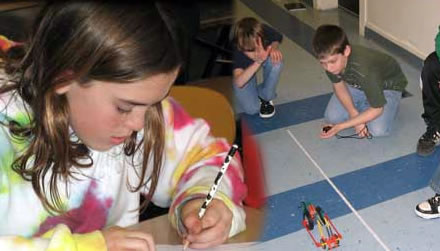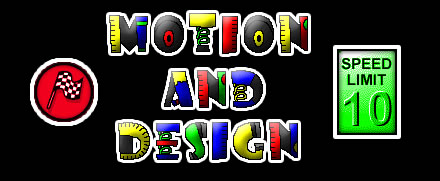
Lesson 9: Evaluating Vehicle Design: Looking at Friction

Activities:
- SCIENCE NOTEBOOK: Students create and complete two columns in their notebooks: What We Know about Friction and What We Want to Find Out about Friction.
- Share with the class and write ideas on the board.
- Have students rub their hands together. Brainstorm and discuss every day events that are related to and/or involve friction.
- Students will be observing the following design features related to friction: (a) wheels and tan hub connectors, (b) tires, and (c) frame and crossbars. Remind students that the investigation questions provided on the cards in 8-A are ideas. They can use those ideas or create their own ideas to explore.
- SCIENCE NOTEBOOK:
- Students write the investigation question for each design feature researched (see step 4).
- Underneath the investigation question, students complete handout 8-A. Cut out around the handout and glue the handout into the science notebook.
- After all handouts are glued in, students write a conclusion about friction.
- Share investigation findings with the class.
- Discussion questions:
- Is there anything on your vehicle that rubs together? (tires against the frame, wheels against the axle)
- What can this rubbing do to the motion of your vehicle? (slows it down, takes away energy available to vehicle, creates wasteful friction)
- What vehicle design features help reduce the amount of rubbing between the wheels and the vehicle’s axle and frame? (tan hub connectors, crossbars)
- What vehicle design features increase the friction between the floor or work surface and the wheels? (tires)
- How does this rubbing influence your vehicle’s motion? (creates useful friction, helps it move)
- SCIENCE NOTEBOOK: Students complete the LOL from student sharing. The LOL may also include a content blast.

